How do we capture and share our past? This week's edition looks beyond the history books to spotlight an embroidery artist whose work embodies a national heritage, how a rainbow became an icon of diversity and unity, and examinations of the American West that offer new dimensions to the stories that have been told about it for years.
They're among the offerings designed to make sure you continue to enjoy what you,ve come to value from Smithsonian Associates: programs and experiences that are entertaining, informative, eclectic, and insightful.
Inspiration Strikes
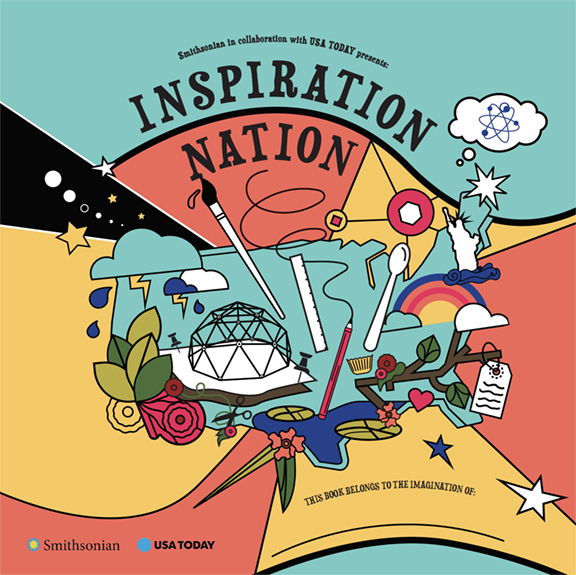
Looking for inspiration to help kindergartners through 8th graders make the most of their summer? Inspiration Nation, a new free activity guide from the Smithsonian and USA Today, is filled with terrific stories, experiments, and activities rooted in Smithsonian museums and collections, all designed to help kids discover that everything around them can be a source of inspiration. How about designing a superhero, brainstorming new uses of everyday objects, or trying a hands-on science experiment? Get the fun started by downloading a copy of the print-friendly guide.
Learn More
Threads of History
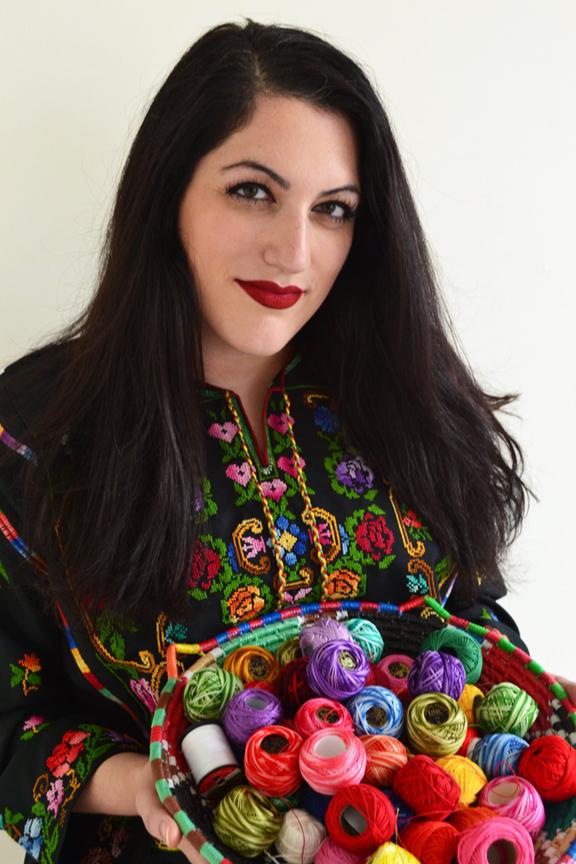 Wafa Ghnaim (Photo: Andrea Leake)
Wafa Ghnaim (Photo: Andrea Leake)
For generations, Palestinian women have gathered with their daughters to work collectively on embroidery projects, bonding with one another over a cup of tea. Smithsonian Associates studio arts instructor Wafa Ghnaim was introduced to traditional tatreez cross-stitch embroidery by her mother when she was a toddler. Both are now among the world's leading guardians of the art-as well as the personal and cultural stories that surround it in modern Palestinian history. Vogue magazine recently profiled Ghnaim, and in the interview she emphasized the importance of passing along that history-one that provides insight into the Palestinian experience-to her embroidery students: "If you know nothing about Palestinians besides what you've heard on the news and you attend one of my classes, you will have just stitched with me for two or three hours and heard my stories," Ghnaim says. "There's a humanity there."
Beginning on Friday, July 23, join Ghnaim for a monthly series of Smithsonian Associates Streaming workshops that introduce three classic tatreez sampler motifs: the Road of Stars from the Yaffa region, a floral pattern from Ramallah, and a carnation design from the Bersheba region. Open to all skill levels, the sessions offer a chance gain or expand your stitching skills and learn the meaning behind traditional Palestinian patterns and the history of textiles produced in the Holy Land throughout the centuries.
Read the Vogue Article
Register for the Program
Our Deceptive Universe
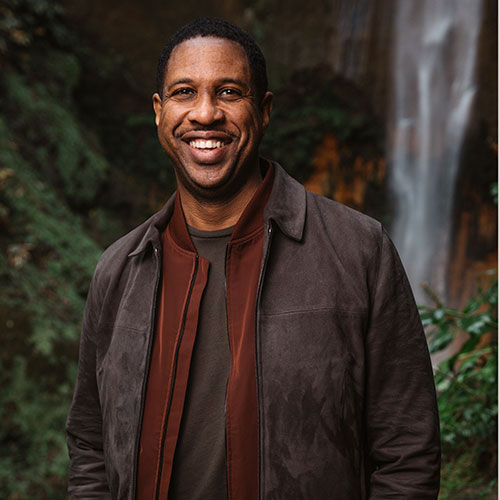 Hakeem Oluseyi (Photo: Freddie Claire)
Hakeem Oluseyi (Photo: Freddie Claire)
Before Einstein published his theory of special relativity, Isaac Newton's view from centuries earlier was accepted as fact: that we live in a "clockwork universe" where time and space are constant. What Einstein first imagined, and what quantum physics later formulated, is the possibility that we operate in a multiverse-potentially an infinity of universes where different versions of our lives are playing out in ways both imaginable and unimaginable.
In a just-announced Smithsonian Associates Streaming program on Monday, July 12 astrophysicist Hakeem Oluseyi dives into this mystery-and why the universe we perceive is not the universe that actually exists. In trying to understand our deceptive universe, he examines spacetime, the illusion of mass, the large-scale structure of the universe, dark matter, and dark energy.
Register for the Program
All the Colors
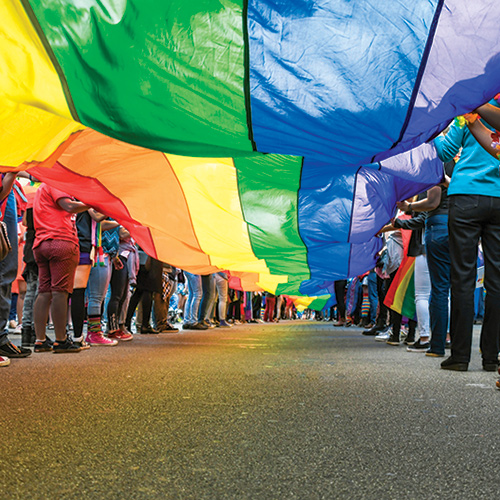
"The rainbow is a fabulous symbol for me. If you see only one color, it's not beautiful. If you see them all, it is."- Ntozake Shange, playwright and poet
During June, the rainbow flag takes on added significance as a ubiquitous icon of Pride Month. But its roots are less evident. A Smithsonian Voices blog post from the National Museum of American History digs into the history of how those six colorful stripes took on their contemporary significance as symbols of diversity and unity, and it's a more complex-and extended-origin story than is usually thought. Public historian GVGK Tang considers potential influences from D. H. Lawrence to The Wizard of Oz (in both its book and film incarnations), 1960s activists to a 1970s rock group called Rainbow.
New York City's first Gay Pride parade in 1970-one year after the police raid on the Stonewall Inn- was a key event in the progress of LGBT+ organizing. But a lesser-known pivotal moment took place in Washington, D.C., in May 1991. Memorial Day weekend saw the city's first Black Pride celebration, themed "Let's All Come Together." It was organized with a decidedly different focus and intent than those stemming from Stonewall: to celebrate the beauty of a shared community and raise awareness and funding for HIV/AIDS. DC Black Pride, which now annually draws more than 35,000 participants, became the catalyst and model for similar events throughout the United States and around the world.
Nikki Lane, assistant professor of Black queer studies at Spelman College, examines how and why the District served as the founding place for Black Pride celebrations in a Smithsonian Associates Streaming program on Thursday, July 22.
Register for the Program
Revisiting the West
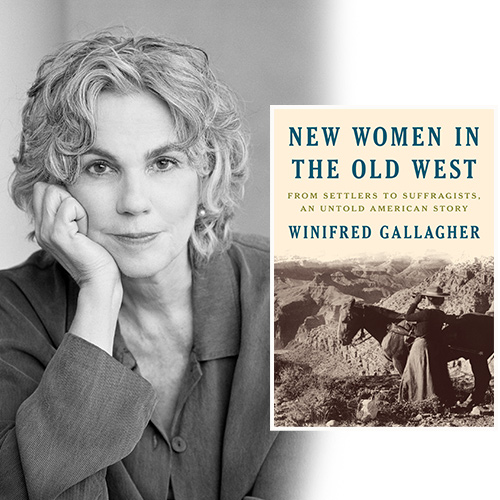 Winifred Gallagher (Photo: Nina Subin)
Winifred Gallagher (Photo: Nina Subin)
Survival in the uncharted American West of the 19th and early-20th centuries compelled women to take on responsibilities equal to men, proving to themselves-and their husbands-that they were capable of far more than society dictated. In a Wednesday, July 21 Smithsonian Associates Streaming program Winifred Gallagher draws on her book New Women in the Old West to bring to life the little-known women who played monumental roles in one of the most vibrant and transformative periods in the history of the United States. She discusses how they changed the course of the fight for women's suffrage as they established and managed schools, churches, and philanthropies, and then ran for office: first for the school board but soon for local legislatures. Alongside their victories, Gallagher explores the women who were less privileged by race and class-the Native American, Hispanic, African American, and Asian women who nevertheless joined the fight for universal equality.
What we think of as "the West" has always been a place of multiple stories, experiences, and culture. But some of the stories we tell about that region can be based on a past that never was and overlook important events that actually occurred. The Smithsonian American Art Museum's new exhibition Many Wests: Artists Shape an American Idea examines the perspectives of 48 modern and contemporary artists who offer a broader and more inclusive view of this region, which too often has been dominated by romanticized myths and Euro-American historical accounts. Opening in Boise, Idaho, next month, Many Wests travels to museums in Bellingham, Washington; Eugene, Oregon; and Salt Lake City before a Smithsonian stay that begins in late July 2023.
Register for the Program